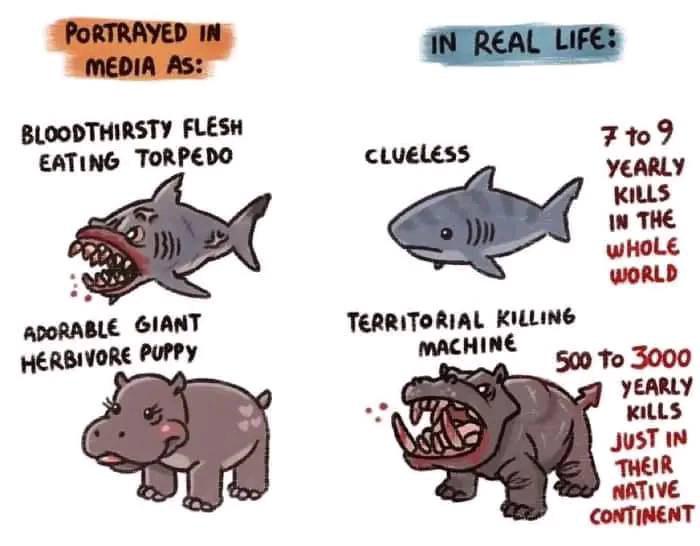10 years of experience as a food machinery equipment manufacturer
10 years of experience as a food machinery equipment manufacturer
The phrase “separate the flesh from the bones” evokes a very literal image, often associated with the culinary arts where a chef meticulously extracts the edible, nourishing parts of a fish from its inedible skeletal structure. However, the true resonance and utility of this expression extend far beyond the kitchen. It serves as a powerful metaphor for a fundamental cognitive and analytical skill: the ability to discern and isolate the essential core of a matter from the surrounding, often distracting or less valuable, components.

This process of metaphorical deboning is applicable across a vast spectrum of human endeavor, from complex problem-solving and strategic decision-making to personal development and effective communication. Understanding its meaning and application can provide a framework for achieving greater clarity, efficiency, and insight in various aspects of life and work.
At its heart, “separating the flesh from the bones” metaphorically refers to the act of critical discernment. The “flesh” represents the substantive, valuable, or crucial elements of a situation, idea, argument, or dataset. This could be the core message in a lengthy report, the key variables driving a particular outcome, the fundamental principles underlying a complex theory, or the essential truth in a convoluted narrative. It is the nourishing part, the component that offers real substance and utility.
Conversely, the “bones” symbolize the superfluous, obstructive, or irrelevant aspects. These might include extraneous details, misleading information, emotional biases, bureaucratic red tape, outdated assumptions, or distracting noise that obscures the central issue. While bones provide structure in their literal context, in this metaphorical sense, they are the elements that need to be carefully identified and set aside to get to the true value.
The act of separation, therefore, is an analytical process involving:
This is not merely about simplification, but about achieving a more profound and accurate understanding by focusing on what truly matters.
In the professional world, the ability to separate the flesh from the bones is invaluable. Strategic decision-making, for instance, often requires sifting through vast amounts of data, market trends, competitor analyses, and internal reports. Leaders who can effectively identify the critical factors (the flesh) that will impact strategic success, while filtering out the noise or less significant variables (the bones), are better positioned to make sound, impactful choices.
Problem-solving is another area where this metaphorical skill shines. Complex problems are often shrouded in symptoms and secondary issues. The effective problem-solver is akin to a skilled diagnostician, meticulously separating the symptoms (bones) from the root cause (flesh). Addressing the root cause leads to sustainable solutions, whereas focusing on symptoms often results in temporary fixes or even exacerbates the underlying issue.
Furthermore, in project management and operational efficiency, identifying the core value-adding activities (flesh) and eliminating wasteful processes or bureaucratic hurdles (bones) is key to optimizing resources and achieving objectives. This lean-thinking approach, in essence, is a continuous exercise in separating the essential from the non-essential.
Organizations that cultivate this skill within their teams often experience enhanced productivity, more innovative solutions, and a clearer sense of purpose, as efforts are concentrated on activities that deliver the most significant impact.

The principle of separating the flesh from the bones holds significant relevance for personal development and individual well-being. In an age of information overload and myriad external pressures, the ability to discern one’s core values, true passions, and essential goals (the flesh) from societal expectations, fleeting trends, or self-limiting beliefs (the bones) is crucial for leading an authentic and fulfilling life.
Self-reflection becomes more potent when one learns to strip away superficial anxieties or justifications to understand the deeper motivations and fears that drive behavior. This allows for more targeted personal growth strategies, focusing on developing inherent strengths and addressing fundamental weaknesses rather than getting caught up in superficial self-improvement fads.
In setting personal goals, this metaphorical approach helps individuals to identify objectives that genuinely resonate with their core being, as opposed to those adopted due to external influence or vague ambition. By “deboning” their aspirations, individuals can focus their energy on pursuits that offer true nourishment to their spirit and contribute to their long-term happiness and purpose.
Even in managing daily life, the skill of discerning essential tasks from time-wasting activities, or meaningful interactions from draining ones, can significantly improve mental clarity and reduce stress. It is about consciously choosing where to invest one’s limited time and energy to maximize personal fulfillment and effectiveness.
In the realms of learning and communication, the concept of “separating the flesh from the bones” is fundamental to achieving genuine understanding and conveying messages with impact. When encountering new information or complex subjects, effective learners are those who can extract the core principles and key concepts (the flesh) from the supporting details, examples, or historical context (the bones). While the latter can be important for illustration, the former constitutes the foundational knowledge that enables deeper comprehension and application.
Effective communication, both written and verbal, also benefits immensely from this approach. A compelling message is one that has been stripped of jargon, unnecessary complexity, and tangential information, allowing the core idea to shine through clearly. Speakers and writers who master this can captivate their audience and ensure their intended message is received and understood without confusion. It is about delivering the “flesh” of the message in a palatable and digestible form.
Conversely, as a listener or reader, applying this metaphorical filter helps in processing information more efficiently. It allows one to actively listen or read for the central arguments or key takeaways, rather than getting bogged down in every minor detail or becoming overwhelmed by the sheer volume of information.
The ability to metaphorically separate the flesh from the bones is not an innate talent reserved for a select few; it is a skill that can be cultivated and refined through conscious effort and practice. Several practices can aid in developing this crucial discernment:
It is important to acknowledge that this process is not always easy. Sometimes, what appears to be “flesh” might, upon closer inspection, be a cleverly disguised “bone,” and vice versa. It requires patience, diligence, and a willingness to revise one’s initial assessments.
The metaphor of “separating the flesh from the bones” offers a timeless and universally applicable guide for navigating complexity and extracting value in a world awash with information and distraction. Whether applied in strategic boardrooms, academic pursuits, personal introspection, or everyday communication, its core principle remains the same: to identify and focus on the essential, thereby discarding the rest to achieve clarity, efficiency, and profound understanding.

Mastering this art of discernment is akin to sharpening a crucial mental tool. It empowers individuals and organizations to cut through the noise, to make more informed decisions, to solve problems more effectively, and ultimately, to engage with the world in a more meaningful and impactful way. The ability to find the “flesh” in any situation is a hallmark of wisdom and a key to unlocking deeper levels of insight and achievement.
